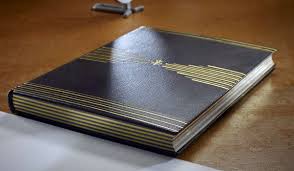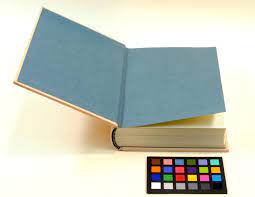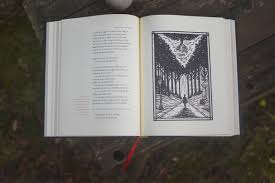
Popular Techniques In Book Binding
Understanding the most popular book binding techniques is essential for professional, durable, and visually appealing documents. Schools, businesses, and creative studios across South Africa, including Johannesburg, rely on proven methods to create notebooks, portfolios, yearbooks, and professional reports. Using the right techniques ensures that pages stay secure and projects look polished. Investing in quality binding methods also improves workflow efficiency and overall project quality. Popular book binding approaches are both functional and artistic, offering flexibility for every project.

Why Book Binding Techniques Matter
Different book binding techniques provide varying levels of strength, flexibility, and aesthetics. The right technique ensures pages stay secure, the book opens correctly, and the final product meets professional or creative standards. Using popular techniques allows for consistent results, reducing errors and enhancing the appearance of every project.
Common Book Binding Techniques
Saddle Stitch Binding
Saddle stitch binding involves folding sheets and stapling them along the spine. This technique is ideal for booklets, pamphlets, and small publications. It is cost-effective and allows for quick production while maintaining a professional look.
Perfect Binding
Perfect binding uses glue along the spine to hold pages together. It creates a clean, polished appearance suitable for softcover books, reports, and manuals. Perfect binding provides durability for thicker publications while offering a professional finish.
Spiral and Coil Binding
Spiral or coil binding allows books to open flat and rotate fully. This technique is commonly used for planners, manuals, and student notebooks. Spiral binding provides flexibility and is durable for frequent handling.
Hardcover or Case Binding
Hardcover book binding involves attaching pages to rigid covers. This method is ideal for premium notebooks, portfolios, yearbooks, and high-quality publications. Case binding ensures durability and offers a polished, professional appearance.
Japanese and Coptic Stitch Binding
These hand-sewn techniques provide both functional and artistic appeal. Japanese stab and Coptic bindings allow books to lie flat while adding creative, decorative elements. They are popular among artists, designers, and handmade book enthusiasts.
Comb Binding
Comb binding uses plastic spines to hold pages together. It is cost-effective, allows easy page addition or removal, and works well for office reports, student projects, and manuals.
Benefits of Using Popular Techniques
-
Ensures long-lasting durability
-
Enhances professional appearance
-
Supports creative and artistic designs
-
Improves ease of use and handling
-
Provides consistent, reliable results
Using the right book binding technique guarantees both functionality and visual appeal for your projects.
Trends in South Africa
In Johannesburg and across South Africa, demand for versatile book binding techniques is growing. Educational institutions, businesses, and creative professionals seek methods that combine durability, aesthetics, and cost-efficiency. Modern print shops provide multiple options, including saddle stitch, perfect binding, spiral, hardcover, and artistic stitching. Customers now value techniques that ensure longevity and high-quality finishes.
Tips for Choosing the Right Technique
-
Consider the type and thickness of your project
-
Match the technique to the intended use
-
Balance cost, durability, and professional appearance
-
Consult experienced suppliers for advice on complex or premium projects
-
Test techniques on sample projects when possible
Following these tips ensures your book binding projects meet expectations and maintain quality.
Applications of Book Binding Techniques
Popular book binding techniques are used in:
-
Professional portfolios and business reports
-
Student notebooks and school projects
-
Journals, scrapbooks, and art books
-
Yearbooks, albums, and premium publications
-
Manuals, brochures, and booklets
The right technique improves both the appearance and longevity of all printed materials.
Where to Source Book Binding Services
Many suppliers in Johannesburg and across South Africa provide professional book binding techniques. Look for providers offering:
-
Saddle stitch, perfect, spiral, and hardcover options
-
Hand-sewn techniques for creative projects
-
Durable materials and reliable craftsmanship
-
Expert advice for specific project needs
Partnering with experienced suppliers ensures your book binding projects are professional, durable, and visually impressive.
Conclusion
Popular book binding techniques are essential for creating durable, professional, and visually appealing books and documents. From saddle stitch and perfect binding to spiral, hardcover, and artistic stitching, each method offers unique benefits. Using the right technique ensures your projects stay secure, look polished, and last longer. Selecting the proper book binding method is a smart investment for business, educational, and creative success in South Africa.





